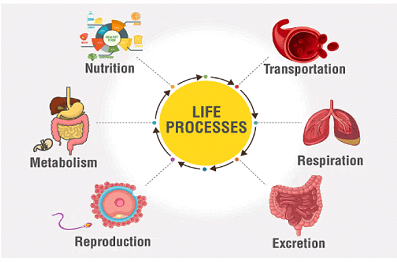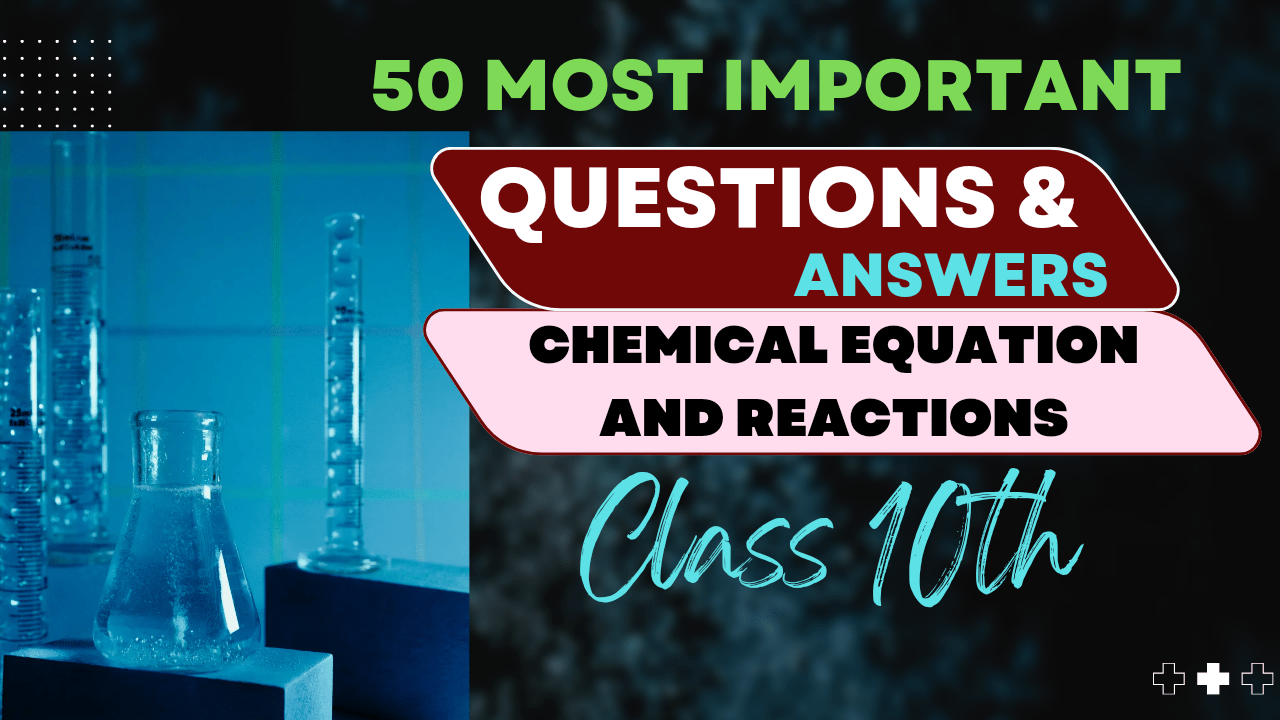Combustion of Carbon Compounds
Combustion is one of the most important chemical reactions in organic chemistry and daily life. In this comprehensive guide, we’ll explore the combustion of carbon compounds, the principles behind these reactions, and their significance in various applications.
What is Combustion?
Combustion is a high-temperature exothermic redox chemical reaction between a fuel and an oxidant, usually atmospheric oxygen, that produces oxidized, often gaseous products, in a mixture termed as smoke. In the context of carbon compounds, combustion involves the rapid combination of carbon and hydrogen with oxygen to form carbon dioxide, water, and energy.
Definition:
Combustion is an oxidation reaction that occurs when a carbon compound reacts with oxygen, typically producing carbon dioxide, water, and a significant amount of heat and light.
Types of Combustion
Combustion reactions can be classified into different types based on completeness and speed:
1. Complete Combustion
Complete combustion occurs when a hydrocarbon reacts with an abundant supply of oxygen, producing carbon dioxide and water as the only products.
For example, the complete combustion of methane:
2. Incomplete Combustion
Incomplete combustion occurs when there is an insufficient supply of oxygen. It leads to the formation of carbon monoxide, carbon (soot), or other partially oxidized compounds.
or
Important Note:
Incomplete combustion produces carbon monoxide (CO), which is a colorless, odorless, and toxic gas that can be deadly as it binds to hemoglobin in blood more effectively than oxygen.
3. Rapid vs. Slow Combustion
- Rapid combustion: Occurs at a high temperature and with the generation of heat and light (flames), such as burning fuel in engines.
- Slow combustion: Takes place at a lower temperature without flame production, such as cellular respiration or rusting (though not specifically carbon compound combustion).
4. Spontaneous Combustion
Occurs when a substance ignites without an external ignition source due to heat accumulation from exothermic reactions, often seen in organic materials like oily rags or coal piles.
Combustion of Different Carbon Compounds
1. Alkanes
Alkanes undergo complete combustion to produce carbon dioxide and water when sufficient oxygen is available.
Example: Combustion of Propane (C₃H₈)
2. Alkenes
The combustion of alkenes is similar to alkanes, but alkenes typically have a higher carbon-to-hydrogen ratio which affects the amount of oxygen required.
Example: Combustion of Ethene (C₂H₄)
3. Alcohols
Alcohols contain oxygen in their structure, which means they require less atmospheric oxygen for complete combustion compared to hydrocarbons with the same number of carbon atoms.
Example: Combustion of Ethanol (C₂H₅OH)
4. Carboxylic Acids
Carboxylic acids also contain oxygen in their structure and follow similar combustion principles.
Example: Combustion of Acetic Acid (CH₃COOH)
Factors Affecting Combustion
Several factors influence the combustion process and its efficiency:
| Factor | Effect on Combustion |
|---|---|
| Oxygen Supply | Adequate oxygen ensures complete combustion. Limited oxygen leads to incomplete combustion. |
| Temperature | Higher temperatures facilitate faster and more complete combustion. Each substance has a specific ignition temperature. |
| Surface Area | Increased surface area of fuel enhances combustion rate (powdered coal burns faster than coal lumps). |
| Pressure | Higher pressure can increase combustion efficiency in certain systems (like internal combustion engines). |
| Catalysts | Certain catalysts can lower the activation energy required for combustion. |
| Carbon Chain Length | Longer carbon chains require more oxygen for complete combustion and may be more prone to incomplete combustion. |
Applications and Significance of Combustion
Energy Production
Combustion of carbon-based fuels is the primary method of energy production worldwide. Examples include:
- Power generation in thermal power plants (coal, natural gas)
- Transportation fuels (gasoline, diesel, aviation fuel)
- Heating applications (natural gas, propane, heating oil)
Industrial Applications
Combustion is essential in various industrial processes:
- Metallurgy: smelting and refining of ores
- Cement production
- Glass manufacturing
- Waste incineration
Environmental Impact
Combustion of carbon compounds also has significant environmental implications:
- Production of greenhouse gases (CO₂)
- Air pollutants from incomplete combustion (CO, particulates, NOx)
- Acid rain from sulfur-containing fuels
- Smog formation in urban areas
Environmental Consideration:
The environmental impacts of combustion have led to the development of cleaner combustion technologies, emission control systems, and the shift toward renewable energy sources.
Heat of Combustion
The heat of combustion (ΔHc) is the energy released when one mole of a substance undergoes complete combustion with oxygen under standard conditions.
This value is important for:
- Determining fuel efficiency and energy content
- Calculating the calorific value of fuels
- Engineering applications in power systems
| Carbon Compound | Formula | Heat of Combustion (kJ/mol) |
|---|---|---|
| Methane | CH₄ | -890 |
| Ethane | C₂H₆ | -1560 |
| Propane | C₃H₈ | -2220 |
| Butane | C₄H₁₀ | -2877 |
| Ethanol | C₂H₅OH | -1367 |
| Glucose | C₆H₁₂O₆ | -2803 |
The negative values indicate that combustion is an exothermic process, releasing energy to the surroundings.
Combustion Tests and Identification
Combustion tests can be used to identify the presence of carbon and hydrogen in organic compounds:
Carbon Dioxide Test
When a carbon compound undergoes combustion, carbon dioxide is produced. This can be detected by passing the gas through limewater (aqueous calcium hydroxide), which turns milky due to the formation of calcium carbonate.
Water Test
The water produced during combustion can be detected using anhydrous copper(II) sulfate, which turns from white to blue in the presence of water.
Laboratory Combustion Test:
When an organic compound is burned and the products are passed over anhydrous copper(II) sulfate followed by limewater:
- Anhydrous CuSO₄ turning blue indicates the presence of hydrogen in the original compound.
- Limewater turning milky indicates the presence of carbon in the original compound.
Exam-Focused Practice Problems
Problem 1:
Complete and balance the following combustion reactions:
a) C₃H₈ + O₂ →
b) C₂H₅OH + O₂ →
c) CH₃COOH + O₂ →
Solutions:
a) C₃H₈ + 5O₂ → 3CO₂ + 4H₂O
b) C₂H₅OH + 3O₂ → 2CO₂ + 3H₂O
c) CH₃COOH + 2O₂ → 2CO₂ + 2H₂O
Problem 2:
Calculate the volume of oxygen (at STP) required for the complete combustion of 5.8g of butane (C₄H₁₀).
Solution:
Step 1: Write the balanced equation for the combustion of butane.
Step 2: Calculate the number of moles of butane.
Molar mass of C₄H₁₀ = (4 × 12) + (10 × 1) = 58 g/mol
Number of moles = 5.8g ÷ 58g/mol = 0.1 mol
Step 3: Calculate the number of moles of oxygen required.
From the balanced equation, 1 mol of butane requires 6.5 mol of oxygen.
Number of moles of oxygen = 0.1 × 6.5 = 0.65 mol
Step 4: Calculate the volume of oxygen at STP.
At STP, 1 mol of gas occupies 22.4 L.
Volume of oxygen = 0.65 mol × 22.4 L/mol = 14.56 L
Problem 3:
Ethanol (C₂H₅OH) has a heat of combustion of -1367 kJ/mol. Calculate the amount of heat released when 23g of ethanol undergoes complete combustion.
Solution:
Step 1: Calculate the number of moles of ethanol.
Molar mass of C₂H₅OH = (2 × 12) + (6 × 1) + 16 = 46 g/mol
Number of moles = 23g ÷ 46g/mol = 0.5 mol
Step 2: Calculate the heat released.
Heat released = Number of moles × Heat of combustion
Heat released = 0.5 mol × (-1367 kJ/mol) = -683.5 kJ
Therefore, 683.5 kJ of heat is released when 23g of ethanol undergoes complete combustion.
Exam Tips for Combustion Reactions
Remember These Key Points:
- Always ensure chemical equations are balanced in combustion problems.
- For complete combustion of hydrocarbons (CₙHₘ), the products are always CO₂ and H₂O.
- For incomplete combustion, the products can include CO, C (soot), and H₂O.
- The general formula for complete combustion of a hydrocarbon is: CₙHₘ + (n + m/4)O₂ → nCO₂ + (m/2)H₂O
- For compounds containing oxygen (like alcohols), modify the oxygen requirement accordingly.
- Combustion reactions are always exothermic (negative ΔH values).
- Practice calculating stoichiometric quantities for different combustion scenarios.
When Solving Combustion Problems:
- Write the balanced chemical equation first.
- Identify the limiting reactant if multiple reactants with quantities are given.
- Use the stoichiometric ratios from the balanced equation for calculations.
- Remember that the volume of a gas depends on temperature and pressure (use ideal gas law when needed).
- Be careful with units and conversions.
Summary
In this comprehensive guide, we’ve covered:
- The definition and basics of combustion reactions
- Different types of combustion: complete, incomplete, rapid, and slow
- Combustion reactions of various carbon compounds
- Factors affecting combustion efficiency
- Applications and environmental impacts of combustion
- Heat of combustion and its significance
- Laboratory tests and identification methods
- Practice problems with step-by-step solutions
Understanding combustion reactions is crucial not only for academic success but also for comprehending many real-world processes and environmental issues. The principles learned here form the foundation for more advanced studies in organic chemistry and thermodynamics.
Continue Your Learning Journey
Ready to explore more about carbon compounds? Continue to our next topic:
Next Topic: Oxidation of Carbon Compounds


